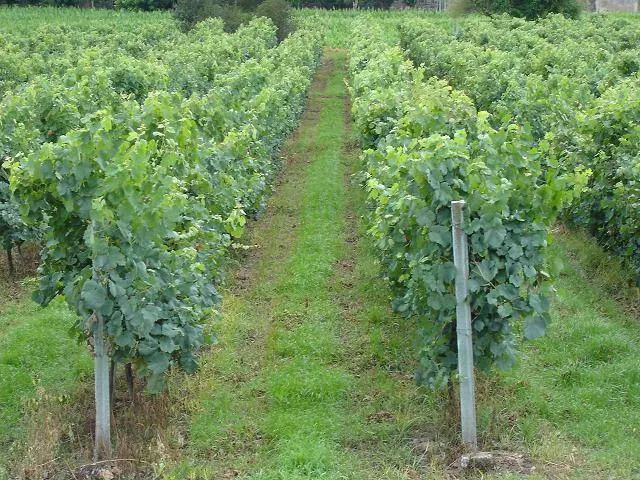Vinhos Verdes - White castas Alvarinho, Arinto (Pedern),Avesso, Azal, Batoca, Loureiro, Trajadura; red castas Amaral,Borraçal, Alvarelhão, Espadeiro, Padeiro, Pedral, Rabo de Anho, Vinhão.
Porto/Douro - Red castas Touriga Nacional, Tinta Amarela, Aragonez, Bastardo, Castelão, Cornifesto, Donzelinho Tinto,Malvasia Preta, Marufo, Rufete, Tinta Barroca, Tinta Francisca Tinto Cão, Touriga Franca; white castas Arinto, Cercial,Donzelinho Branco, Folgazão, Gouveio, Malvasia Fina, Moscatel Galego Branco, Rabigato, Samarrinho, Semillon, Sercial,Roupeiro, Verdelho, Viosinho, Vital.
Dão - Red castas Touriga Nacional, Alfrocheiro, Aragonez, Jaen e Rufete; White castas Encruzado, Bical, Cercial, Malvasia Fina, Verdelho.
Bairrada - Red casts Baga, Alfrocheiro, Camarate, Castelão, Jaen, Touriga Nacional, Aragonez; white castas Maria Gomes, Arinto, Bical, Cercial, Rabo de Ovelha, Verdelho.
Bucelas - White castas Arinto, Sercial e Rabo de Ovelha.
Colares - Red casta Ramisco; White casta Malvasia
Carcavelos - Red castas Castelão and Preto Martinho; White castas Galego Dourado, Ratinho, Arinto.
Setúbal - Red casta Moscatel Roxo; white casta Moscatel de Setúbal.
Alentejo - Red castas Alfrocheiro, Aragonez, Periquita1, Tinta Caiada, Trincadeira, Alicante Bouschet, Moreto; White castas Antão Vaz, Arinto , Fernão Pires, Rabo de Ovelha,Roupeiro
Algarve - Red castas Negra Mole, Trincadeira, Alicante Bouschet, Aragonez , Periquita; White castas Arinto, Roupeiro, Manteúdo, Moscatel Graúdo, Perrum, Rabo de Ovelha.
Madeira - Red castas Bastardo, Tinta, Malvasia Cândida Roxa, Verdelho Tinto e Tinta Negra; white castas Sercial, Malvasia Fina (Boal), Malvasia Cândida, Folgasão (Terrantez), Verdelho

